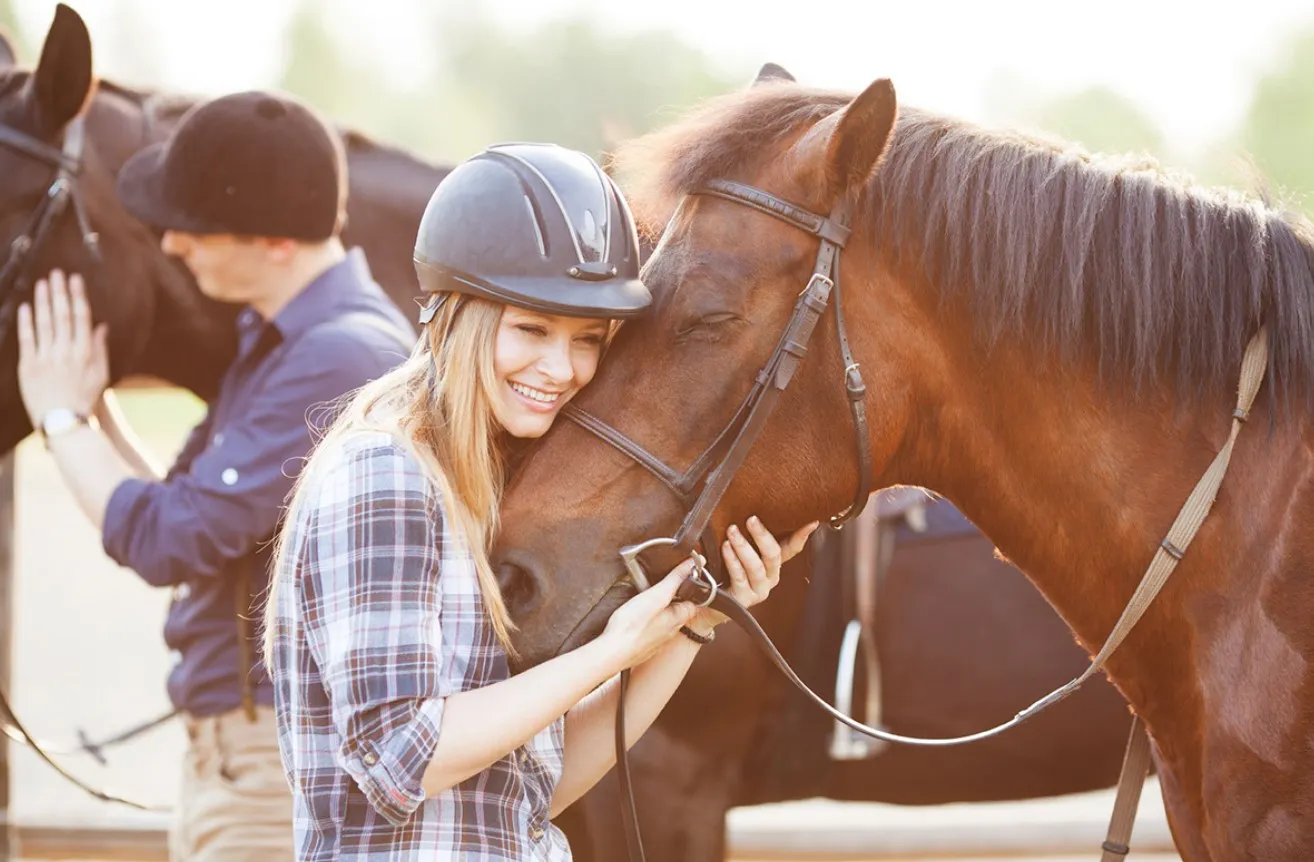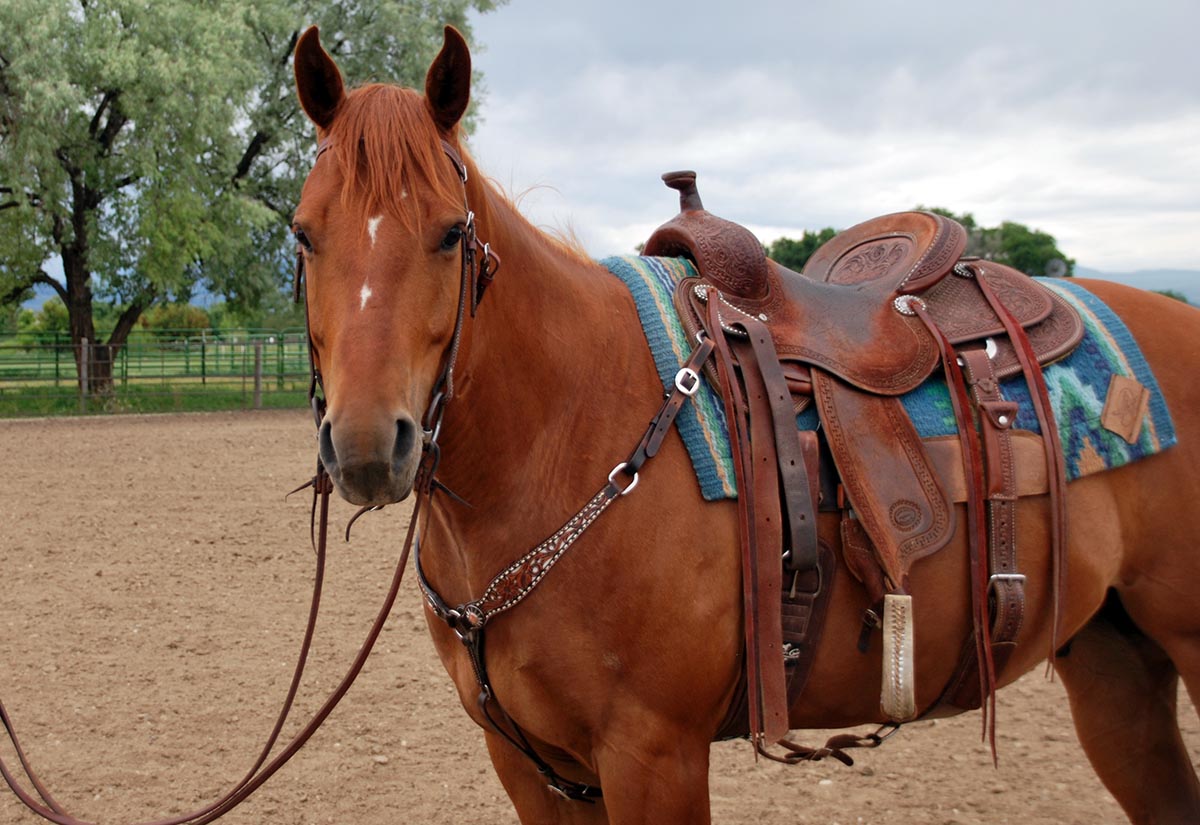Understanding horse behavior correction is crucial for anyone who wishes to build a harmonious relationship with their equine companion. Whether you’re a seasoned equestrian or a horse lover just starting out, recognizing the nuances of horse behavior and learning how to address issues effectively can make all the difference. In this article, we’ll explore various strategies and insights into correcting unwanted behavior in horses.

Understanding Equine Behavior
Before diving into correction techniques, it’s important to understand the natural instincts and behaviors of horses. Horses are prey animals, and their behavior is often driven by instincts for survival. Recognizing this can help in developing effective training and correction methods.
The Importance of Trust
Building trust is foundational in any training program. A horse that trusts its handler is more likely to respond positively to correction. Trust is developed through consistent and kind interactions.
Common Behavioral Issues
Some common behavioral issues that horse owners face include biting, kicking, refusing to follow commands, and anxiety. It’s essential to identify the root cause of these issues to address them effectively.
Anxiety and Fear
Anxiety in horses can lead to a range of behavioral problems. Understanding the source of anxiety, whether it’s a new environment or unfamiliar stimuli, can help in reducing fear-based behaviors.
Positive Reinforcement Techniques
Positive reinforcement is a powerful tool in horse behavior correction. Rewarding desired behaviors encourages horses to repeat them. Treats, praise, and gentle strokes are common rewards.
The Role of Consistency
Consistency is key in training. Horses need to understand what is expected of them, and consistent training methods help reinforce learning.
Role of Professional Trainers
Sometimes, professional help may be necessary. Professional trainers bring experience and expertise to address complex behavioral issues. They can also provide guidance on how to maintain progress at home.
Choosing the Right Trainer
When selecting a trainer, consider their experience, training philosophy, and communication style. It’s important to choose someone who aligns with your goals and values.
Environmental Factors
The environment plays a significant role in horse behavior. Ensuring a safe and comfortable living space can prevent many behavioral issues.
Safe and Enriching Environment
Providing an environment that is both safe and enriching is crucial. This includes adequate space for movement, social interaction with other horses, and mental stimulation.
Understanding Body Language
Horses communicate extensively through body language. Learning to read these cues can help in anticipating and correcting unwanted behaviors.
Signs of Discomfort
Recognizing signs of discomfort, such as pinned ears or tail swishing, can prevent escalation into more severe behavioral issues.
Training Techniques
Implementing effective training techniques is essential for horse behavior correction. Techniques such as clicker training and voice commands can be highly effective.
Voice Command Training
Voice commands, when used consistently, can be a powerful tool in training. Learn more about voice command training on our companion site.
Dealing with Stubborn Horses
Stubborn behavior in horses can be frustrating. Understanding the underlying causes and using patience and persistence is key.
Patience and Persistence
With stubborn horses, patience and persistence are critical. Consistent training can eventually lead to breakthroughs.
Conclusion
Correcting horse behavior is a journey that requires patience, understanding, and the right techniques. By understanding the nature of horses and using positive reinforcement, you can build a strong, trusting relationship with your equine friend.

Frequently Asked Questions
What are some quick tips for correcting horse behavior?
Consistency, understanding, and positive reinforcement are key. Always address behavior issues calmly and with patience.
How can I identify the root cause of my horse’s behavior?
Observe your horse’s environment, interactions, and any changes in routine. Consulting a professional can also provide insights.
Is professional training necessary for all horses?
Not always, but for complex issues, a professional can offer valuable expertise and guidance. Learn more about horse training on Wikipedia for additional information.
This article contains affiliate links. We may earn a commission at no extra cost to you.






